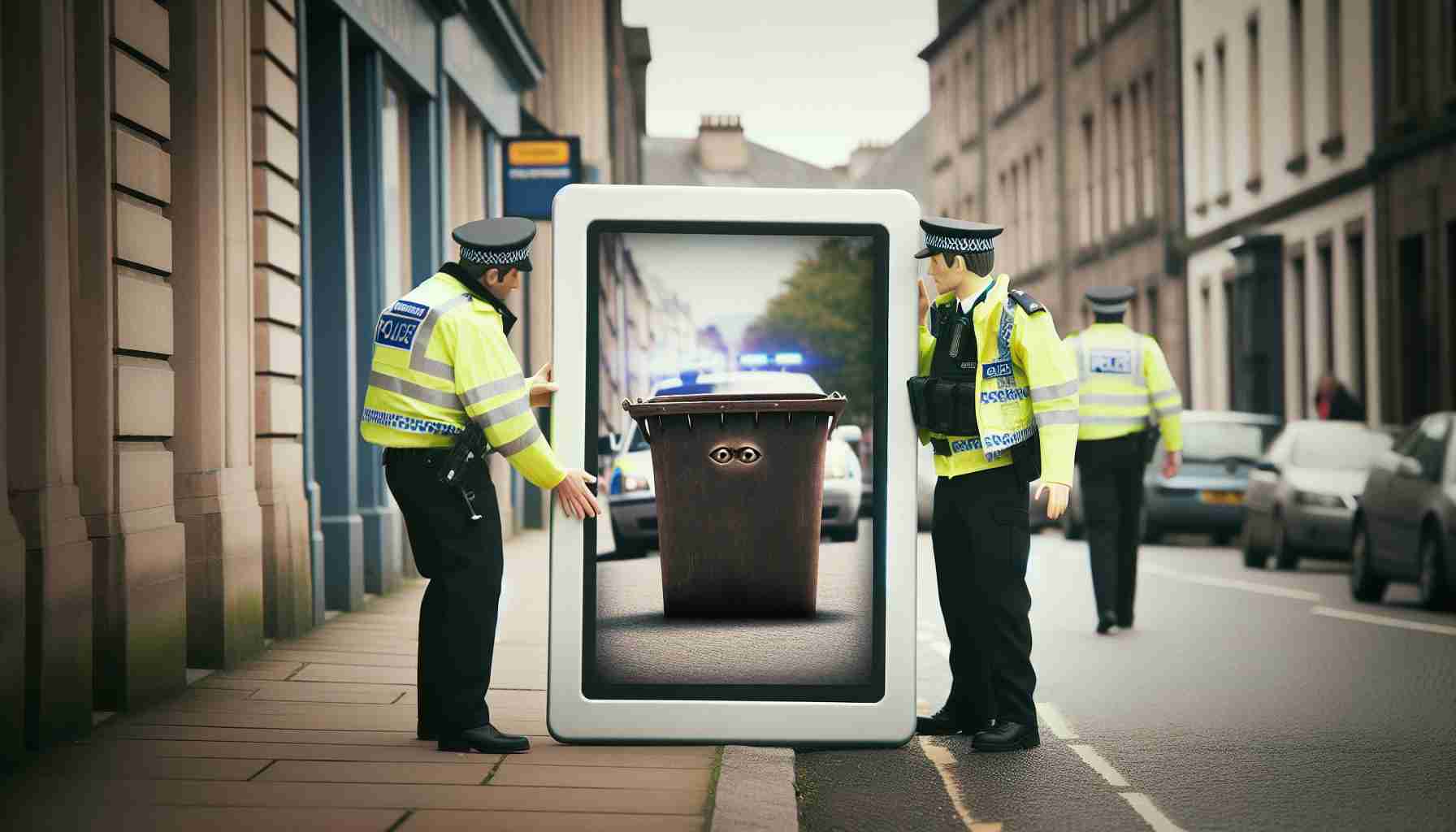In a surprising turn of events, authorities in Inverness, Scotland, recently impounded a unique and unconventional vehicle that left onlookers astonished. This bizarre contraption featured an exercise bike ingeniously affixed to an electric scooter.
Social media buzzed with chatter after Police Scotland shared a post showcasing this unusual vehicle hybrid. They highlighted the strange combination by stating the obvious transformation of the e-scooter into something quite unlike anything seen before.
Authorities have previously issued warnings concerning the improper use of electric scooters. Although purchasing these devices is not against the law, their operation on public roads and sidewalks is strictly prohibited unless on private premises with the owner’s consent.
This incident serves as another reminder of the importance of adhering to these regulations. Police Scotland emphasized that, under current laws, the operation of privately owned e-scooters is only permissible on private property, provided that the landowner grants explicit permission.
As the use of electric scooters becomes increasingly popular, inventive modifications like this one are emerging. Nonetheless, riders must remain vigilant and ensure they abide by local laws to prevent similar confiscations.
The Rise of DIY Vehicle Mashups: Navigating Legal and Social Landscapes
Exploring the Trend of Hybrid Vehicles: What’s Next After the Inverness Incident?
The recent episode in Inverness, where an exercise bike was bizarrely fused with an electric scooter, has turned the spotlight on a growing trend: homemade hybrid vehicles. While this unusual creation amused and intrigued many, it also highlighted a burgeoning area of interest in personal transportation—one that blends creativity with potential legal pitfalls.
DIY Vehicle Innovations: A Double-Edged Sword
The inventive flair of individuals who create hybrid transport machines is pushing boundaries, trading the conventional for the extraordinary. From bicycles attached to solar panels to electric skateboards with added motorized thrusters, the modern-day DIY transport revolution is both exciting and convoluted.
Advantages:
– Sustainability: Many hybrids aim to reduce carbon footprints, promoting greener travel solutions.
– Affordability: By repurposing old gadgets, enthusiasts find cost-effective ways to build unique vehicles.
– Personalization: These creations offer a high degree of customization that suits personal taste and practical needs.
Disadvantages:
– Safety Concerns: Improvised vehicles might not meet safety standards, posing risks to the user and others.
– Legal Issues: The legality of operating such machines is often ambiguous, leading to potential run-ins with law enforcement.
– Maintenance Challenges: Home-engineered vehicles might require specialized knowledge for repairs and upkeep.
The Global Context: What Are the Rules?
Countries worldwide are grappling with how to regulate emerging trends in hybrid transportation. While some regions like Scotland have strict regulations, places like California and certain parts of Asia are beginning to create specific lanes and safety protocols for electric and hybrid vehicle buffs.
Question: Is it time for a unified legal framework to cater to these innovations?
Answer: Possibly. With the surge of personal transport projects, a globally recognized set of guidelines might help accommodate both the innovative spark and safety requirements of such mobility solutions.
Social Implications: A Gateway to Community Engagement
Beyond the legal and safety fronts, these ventures spark community interest, drawing curious eyes and, sometimes, sparking public fascination. Hybrid vehicles could serve as a conversation starter, promoting discussions on engineering, sustainability, and urban transport solutions. However, as more individuals embark on creating their own hybrid solutions, community roads and spaces could face new challenges related to traffic management and pedestrian safety.
Looking Forward: Embracing Change with Caution
The Inverness incident is a microcosm of a larger global shift in personal mobility—a shift driven by users’ demand for more eco-friendly, personalized, and cost-effective transport options. As we navigate this transformation, balancing creativity with safety and legality will remain pivotal. This balance could drive new inventions forward, pushing technological frontiers while strengthening the foundations of public safety and community well-being.
For further insights into the future of urban mobility and personal transportation trends, visit Smart Cities Dive and WNYC.






















